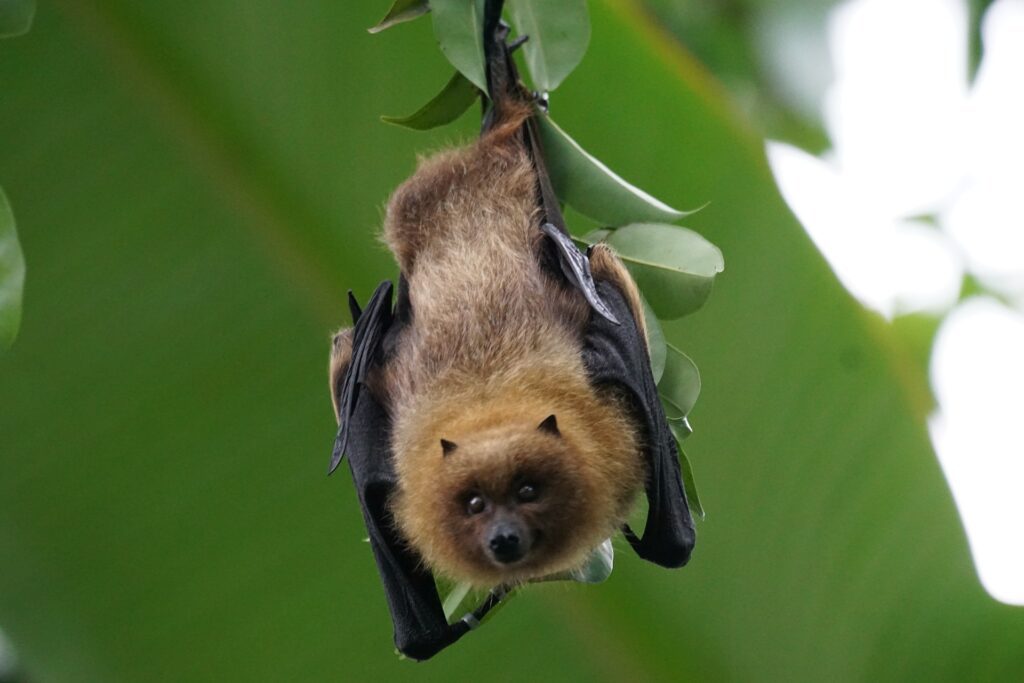Scenic America is celebrating #BatWeek, October 24-31 by taking a closer look at these fascinating creatures and how we can better protect them and their habitats by limiting light pollution—particularly the light pollution caused by digital billboards.

Research suggests that artificial light can have a negative impact on nocturnal creatures, such as bats, that sleep during the day and are active at night. Light pollution alters their environments by turning nighttime into day, disrupting their circadian rhythms and hunting and migratory patterns.
Because many species of bats are also insectivores and insects are strongly influenced by lighting, artificial light can also impact their food supply. If bats delay their foraging, they may miss out on the peak hours of activity for the insects they prey on, causing them to fall short of their energy requirements. Furthermore, light pollution can cause competition between species of bats over food sources, with light-sensitive bats losing out to more light-tolerant species.
Light pollution can also prompt bats to travel on suboptimal routes to avoid artificial lighting, increasing their vulnerability to predators as well as their exposure to wind, rain, and other elements. Increasing their travel time and energy expenditures can have a negative effect on reproduction rates and overall fitness.
Bats provide tremendous benefits, particularly by feeding on insects that damage crops, forests, and wildlife. A single bat can eat up to its body weight in insects each night. In fact, a 2011 study showed that insectivorous bats delivered $23 billion per year in value to the U.S. agricultural industry by holding insect populations in check. Humans need bats, and we can help ensure robust and healthy bat populations by limiting the intrusions and disruptions we create along our highways and in our communities through artificial lighting and unnecessary signage. Digital billboards raise a host of concerns: threatening our traffic safety, driving down property value, and damaging the aesthetic qualities of the area in which they are located. Their impact on bats and other nocturnal creatures should be taken seriously.